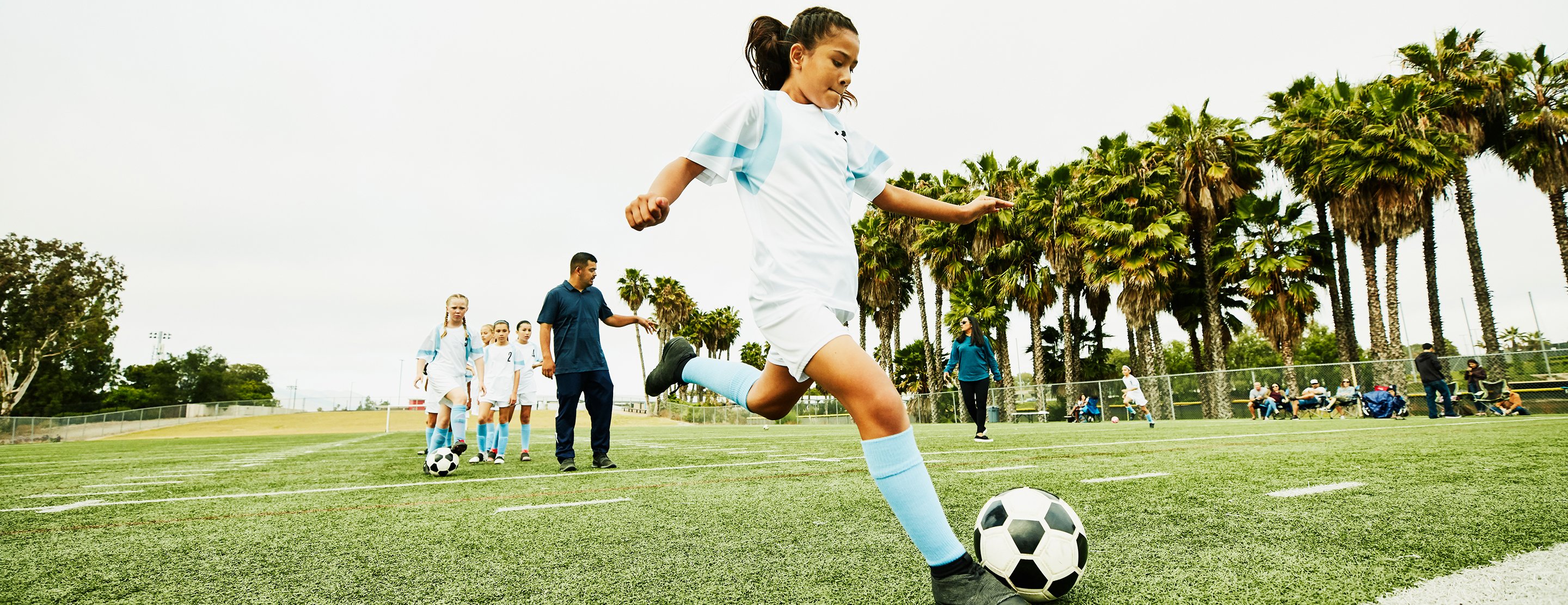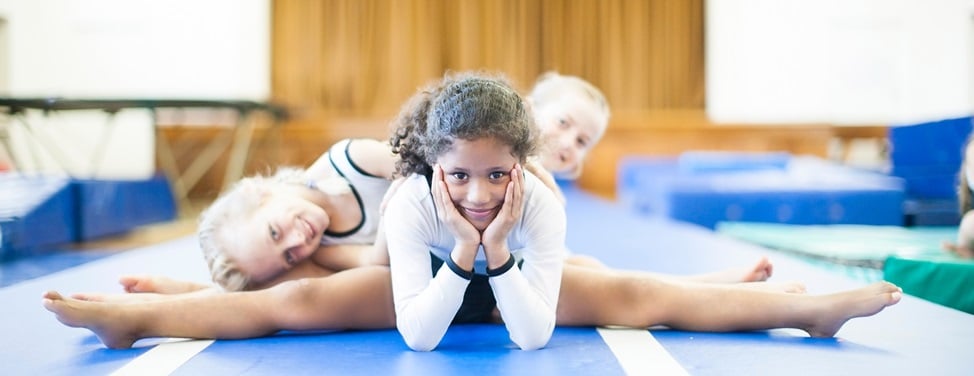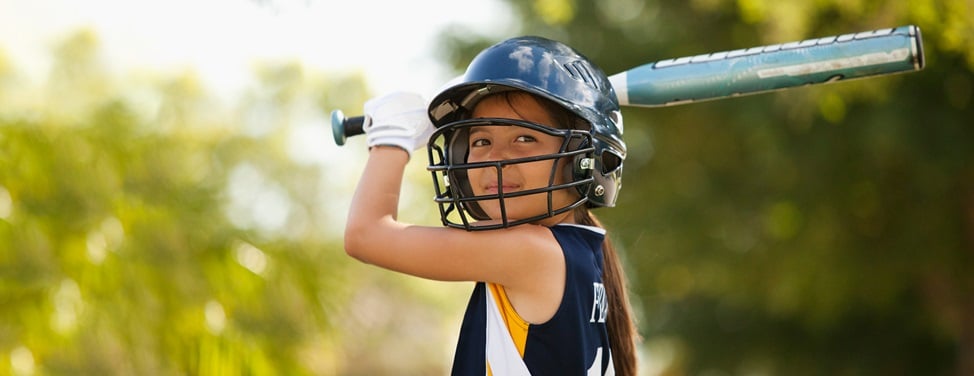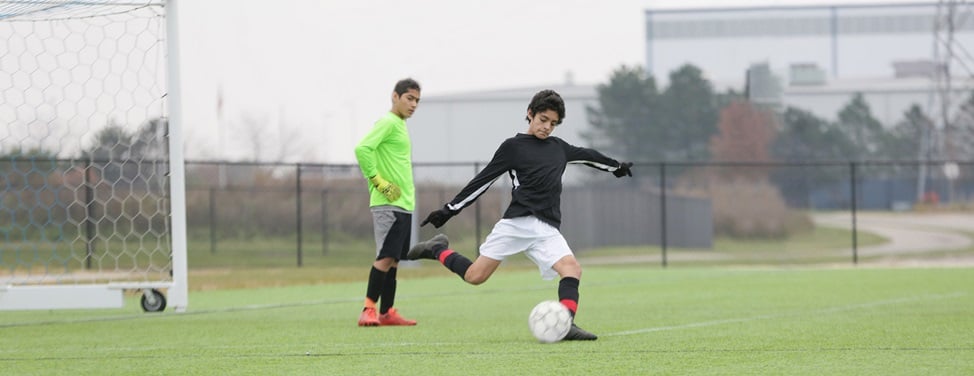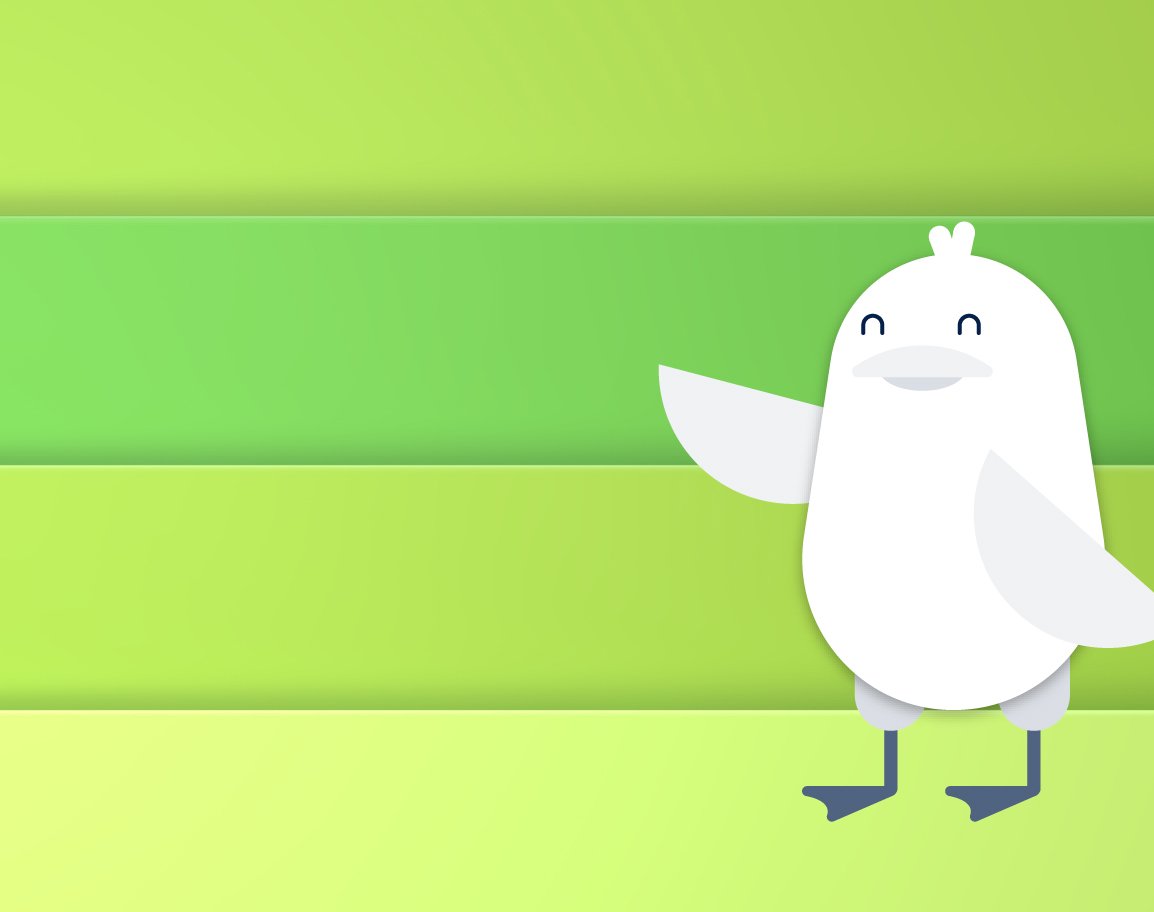A concussion is a brain injury caused when the force from a blow to the head, sudden deceleration, or other impact to the body travels to the head. When the force of the impact causes the brain to move around inside the skull, a concussion may occur.
The brain accelerates and strikes the skull wall. The nerve endings and blood vessels are stretched and torn as the brain rotates and rebounds.
- Balance problems or dizziness
- Signs of confusion
- Trouble concentrating
- Signs of memory loss (like forgetting sports plays)
- Feeling anxious, irritable, or sad for no apparent reason
- Nausea or vomiting
- Vision changes
- Sensitivity to light or sound
- Fatigue/sleep problems
- Fainting or loss of consciousness
What to Do:
Go to the Emergency Room for further evaluation if you are concerned and/or if the child is exhibiting worsening symptoms, including lethargy, “worst headache of his/her life,” excessive vomiting, decreased sensation—or if you think the child’s neck was injured.
Sometimes kids may not experience symptoms until hours or days after the injury. Keep the child from participating in activities (e.g., attending public events/the movies), athletics and excessive cognitive activity until he/she has recovered.
Recovery from concussion requires mental and physical rest to give the brain time to heal. This means no text messaging, no video games and no homework, and possibly limiting school attendance and activities.
Do not use ibuprofen for the first 48 hours if the child has a concussion headache. Ibuprofen can act as a blood thinner, so if the child has a brain bleed from the concussion, this could make things worse. You may use acetaminophen to help decrease head pain. After the first 48 hours, ibuprofen or acetaminophen may be used to help with concussion headaches.
The child may be tired and need more sleep. Allow him/her to take naps.
Make sure the child stays hydrated and eats a snack (combining carbohydrates and protein) every 3 to 4 hours while recovering from a concussion. Dehydration and low blood sugar may worsen concussion headaches.
Full recovery from a concussion is different for each child; it may take 1 to 2 weeks, or several weeks or months.
The child should not return to sports or play until given permission by a healthcare professional with experience evaluating concussions.
Action Plan for Return to Play:
It’s important that your child feel 100% well before starting the “return to play” guidelines below. Wait until all concussion symptoms are gone-and that doesn’t just mean physical symptoms like headaches or tiredness. In many teens, the physical symptoms get better before the cognitive ones do (such as difficulty thinking or making decisions).
When your child is behaving normally, no longer using concussion headache medications, has no symptoms and is fully back to school-follow these step-by-step guidelines to ease back into normal sports activity and play.
Stepwise Progression:
Step 1: Light cardiovascular activity (15-20 minutes light jogging or biking)
Step 2: Non-contact activity (kicking balls, throwing free throws)
Step 3: Non-contact practice and sports training drills
Step 4: Full contact practice
Step 5: Game play
Your child may proceed to the next step only when he or she is symptom-free for 24 hours following an activity level. If symptoms recur during, after or within the 24 hours following activity, wait until the symptoms are completely gone and begin again at the previous step.
Consensus Statement on Concussion in Sport, 3rd International Conference on Concussion in Sports, Zurich, Nov. 2008




























